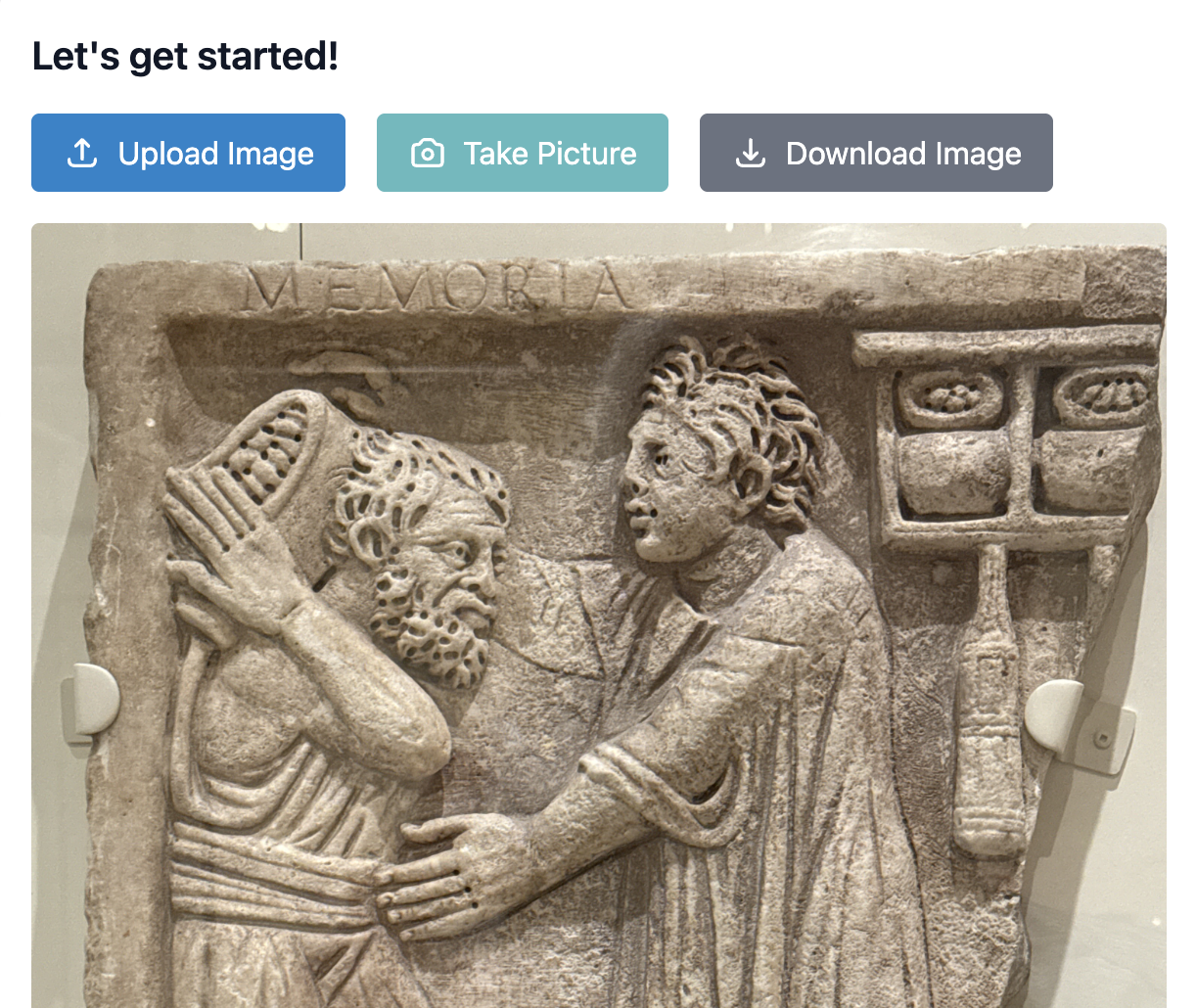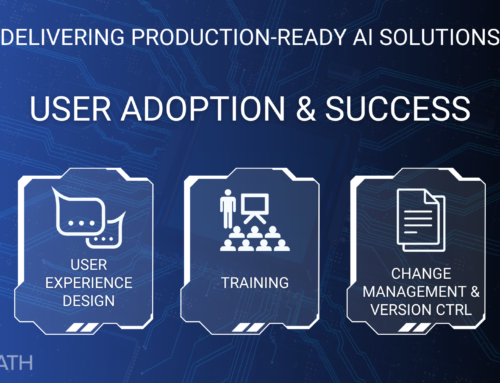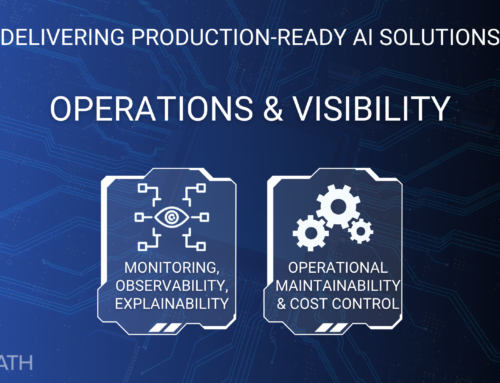The Museum Visit That Changed Everything
Last year, I watched a father struggle to engage his eight-year-old daughter with a Renaissance painting at a local museum. The placard next to the artwork was filled with academic language about "chiaroscuro techniques" and "religious symbolism in 16th-century Florence." His daughter fidgeted, clearly more interested in the gift shop than the masterpiece in front of her.
The father tried his best to translate the formal description into something she might find interesting, but the disconnect was obvious. Here was a work of art that had moved people for centuries, reduced to a boring lecture that felt irrelevant to a curious child.
That moment crystallized something we'd been thinking about: what if technology could bridge the gap between historical significance and personal meaning?
More Than Cold Efficiency
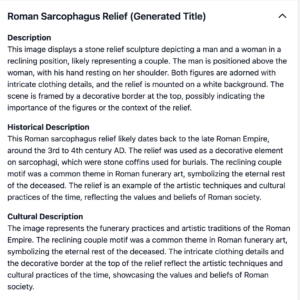 Most conversations about AI focus on productivity gains: faster processing, reduced costs, automated workflows. Those benefits are real and valuable, but they don't capture the full potential of what these systems can do.
Most conversations about AI focus on productivity gains: faster processing, reduced costs, automated workflows. Those benefits are real and valuable, but they don't capture the full potential of what these systems can do.
We decided to explore a different question: could AI help people connect more deeply with culture and history, rather than just process information more efficiently?
The result was an application that transforms how people experience cultural artifacts. Point your phone at a museum piece, historical landmark, or cultural object, and the system doesn't just identify what you're looking at. It crafts a story tailored to who you are and what might resonate with you.
How Stories Change Everything
The application examines the visual details of an artifact and draws from extensive historical and cultural databases to understand its significance. But instead of presenting dry facts, it generates narratives that bring the object to life.
A Civil War-era photograph might become a story about a young soldier's hopes and fears, told in a way that speaks to a teenager visiting with their history class. The same photograph could become a reflection on family separation and reunion for parents visiting with their children.
A centuries-old pottery piece might be presented as a detective story for visitors who enjoy mysteries, what can we deduce about daily life from the wear patterns and decorative choices? Or it might become a tale of artistic tradition and innovation for visitors interested in creative processes.
The key insight was that the same historical facts can be presented through countless narrative lenses, each one making the information more accessible and meaningful to different people.
Multiple Perspectives, Deeper Understanding
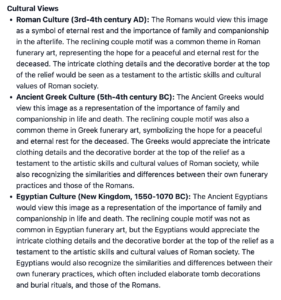 One of the most powerful features involves presenting cultural perspectives that might not be included in traditional museum descriptions. A Native American artifact isn't just explained from an archaeological viewpoint, but also from indigenous cultural perspectives about its significance and meaning.
One of the most powerful features involves presenting cultural perspectives that might not be included in traditional museum descriptions. A Native American artifact isn't just explained from an archaeological viewpoint, but also from indigenous cultural perspectives about its significance and meaning.
A colonial-era object might be contextualized both from the perspective of the colonizers and the colonized, helping visitors understand the complex, often difficult realities of historical periods.
These multiple viewpoints don't replace scholarly interpretation. They enrich it by helping visitors understand that history is always more complex and nuanced than any single narrative can capture.
The Personal Connection
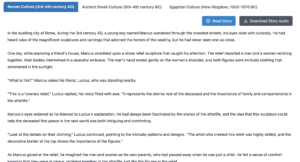 What makes this approach powerful is personalization that goes beyond simple demographics. The system adapts its storytelling style based on interests, learning preferences, and engagement patterns.
What makes this approach powerful is personalization that goes beyond simple demographics. The system adapts its storytelling style based on interests, learning preferences, and engagement patterns.
Someone who loves adventure stories might hear about a medieval sword through tales of knights and quests. A visitor fascinated by craftsmanship might learn about the same sword through the story of the blacksmith who forged it, the techniques involved, and the cultural significance of metalworking.
Children might hear simplified stories with engaging characters and clear moral lessons. Adults might receive more complex narratives that explore ambiguous historical questions and competing interpretations.
The goal isn't to manipulate or oversimplify, but to find the entry point that helps each person begin to appreciate the depth and significance of what they're experiencing.
Beyond Museums
While we developed this system for cultural institutions, the principles apply much more broadly. Any situation where you need to make complex, meaningful information accessible to diverse audiences could benefit from this approach.
Corporate training programs could adapt their delivery style based on learning preferences, experience levels, and job roles, making professional development more engaging and effective.
Educational institutions could present the same curriculum through multiple narrative frameworks, helping students with different interests and learning styles connect with the material.
Healthcare organizations could explain medical procedures, treatment options, and health information in ways that resonate with each patient's concerns, background, and communication preferences.
Tourism and travel companies could create personalized experiences that help visitors understand the significance of destinations based on their interests, whether they're drawn to architecture, social history, natural science, or cultural traditions.
The common thread is taking information that matters and presenting it in ways that create genuine understanding and connection rather than just data transfer.
The Human Element
This project reminded us that the most meaningful applications of AI often aren't about replacing human capabilities, but about amplifying our capacity for empathy, understanding, and connection.
The museum storytelling system doesn't eliminate the need for knowledgeable guides, curators, and educators. Instead, it extends their ability to reach every visitor with personalized attention and culturally sensitive interpretation.
It demonstrates that AI can be a tool for inclusion, helping institutions serve diverse audiences more effectively while respecting the complexity and significance of cultural heritage.
What This Means for Your Organization
Every business has knowledge, expertise, or services that could create deeper value if presented in more accessible, personalized ways.
What information does your organization possess that could be more meaningful to your audience if delivered through different narrative frameworks? Where do you currently struggle to connect with diverse stakeholders because your communication approach doesn't resonate with their perspectives or interests?
These are the opportunities where AI can move beyond efficiency gains to create genuine human value—not by automating relationships, but by making meaningful connections more possible.
Your Story Opportunity
What knowledge, expertise, or cultural assets does your organization have that could create deeper connections if presented more personally and accessibly?
Where do you currently struggle to engage diverse audiences because your communication approach doesn't adapt to different perspectives, interests, or learning styles?
Ready to explore how personalized storytelling could enhance your organization's ability to educate, engage, and inspire? Let's discuss the knowledge and connections you'd most like to strengthen.

